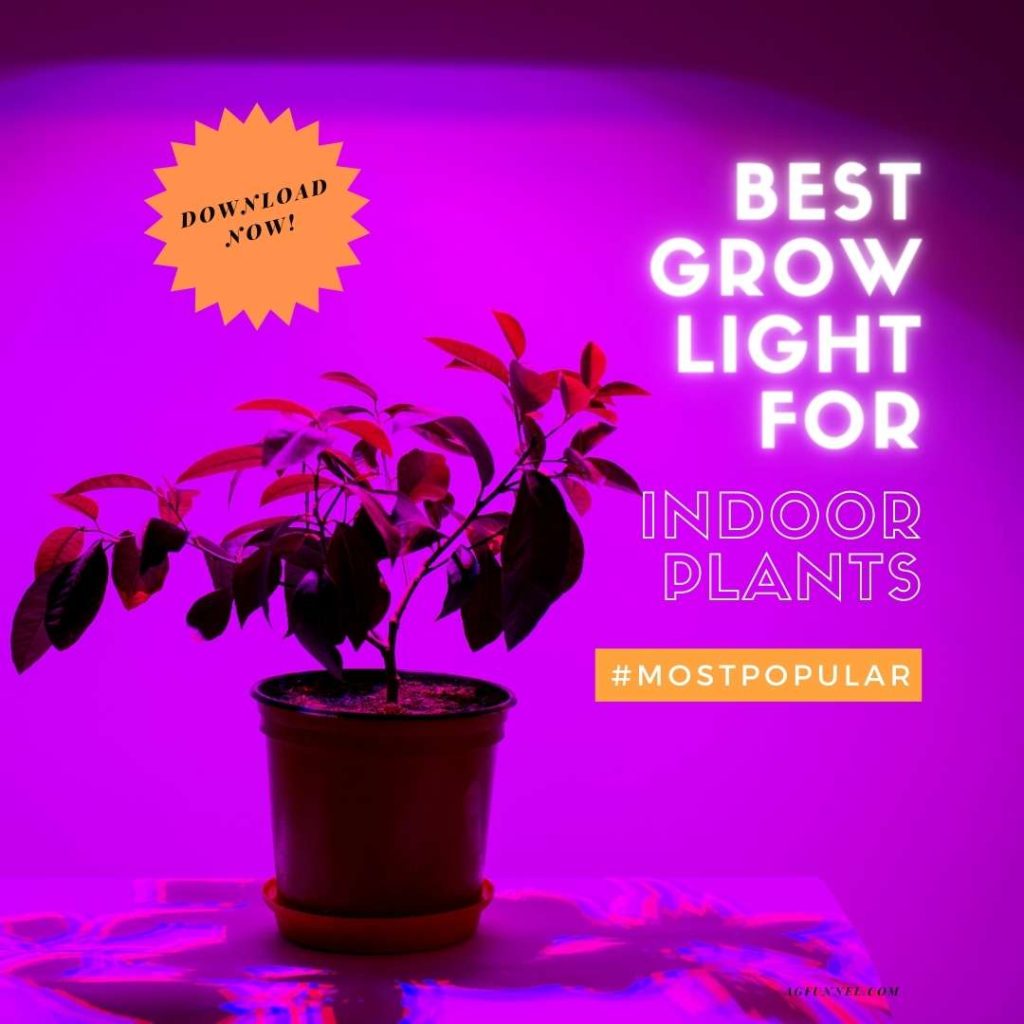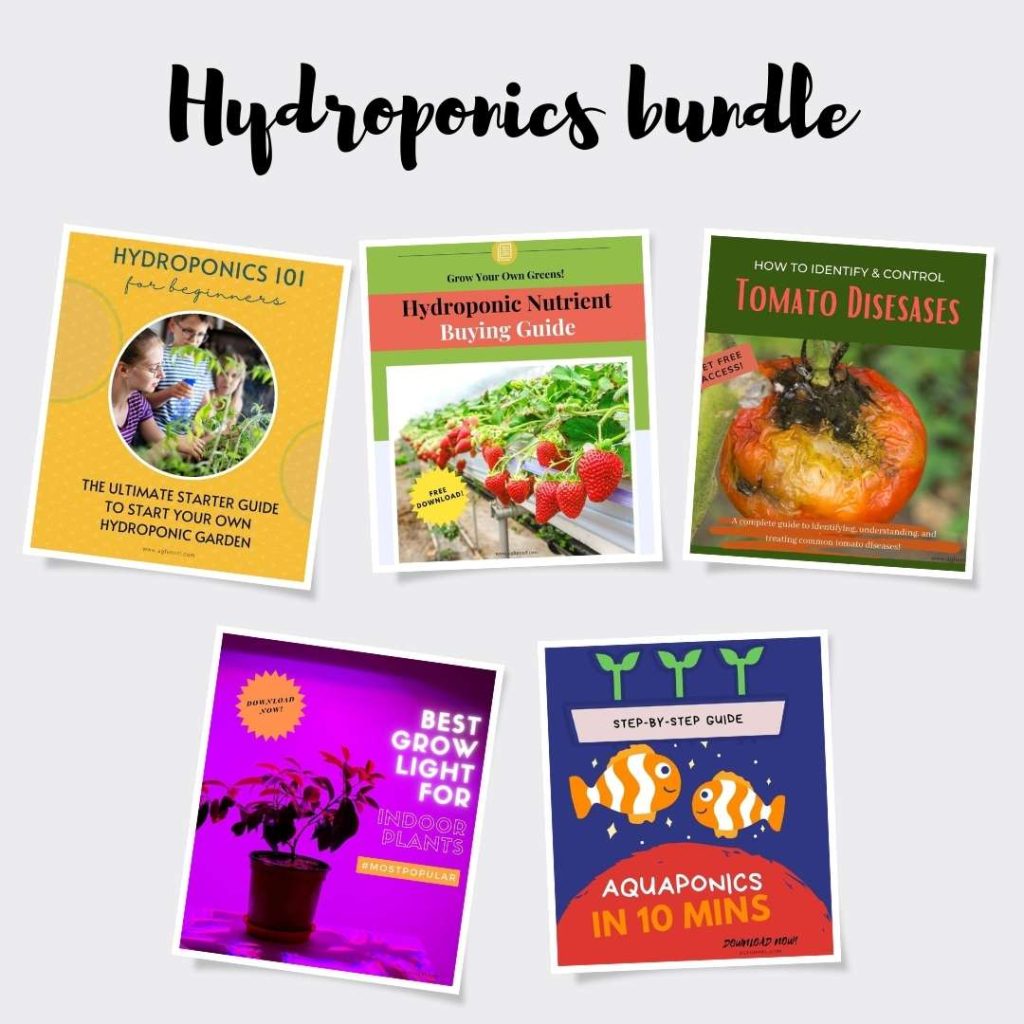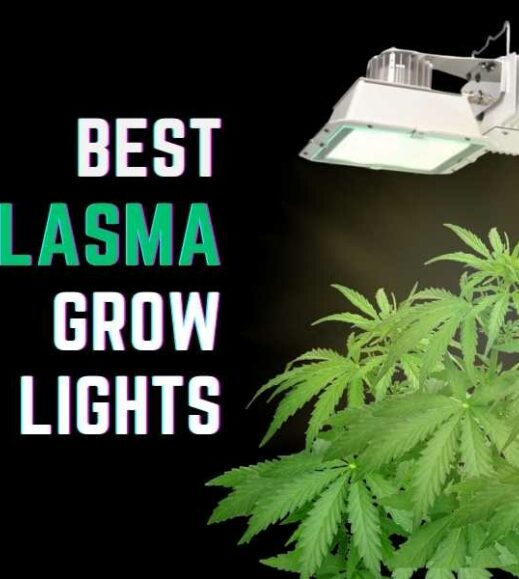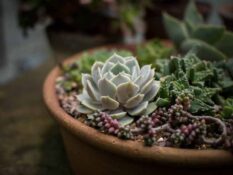Plasma grow light is the latest technology in horticulture, and many people wonder if they are the future of growing plants. So what are plasma grow lights, and how do they work? This article will look closely at plasma grow lights and their many benefits for gardeners and growers. We will also look at some of the downsides of plasma lights and discuss their benefits compared to other grow lights, such as LEDs, HPS lights, and compact fluorescent lights (CFLs).
Overview of the best plasma grow light
Best Control
Gavita Pro 300 Lep - Plasma Full Spectrum
- Material: Aluminum
- Power Source: Corded Electric
- Remote Control Available
- Complete air cooled kit
- Shade Material: Glass, Crystal, Aluminum, Iron
What is plasma grow light? How do they work?
Plasma grow lights have only been around for a few years, but they are quickly becoming popular among gardeners and growers. While the technology is still new and less tested than other options available, plasma grow lights offer several benefits that make them a tempting choice for those looking to invest in new grow lighting technology.
The history of plasma grow lights begins with plasma TVs. Plasma TVs use a plasma display panel (PDP) to create the image on the screen. A plasma display panel comprises millions of tiny cells filled with gas. When an electrical current is applied, the cell's gas ionizes, creating plasma. This plasma then emits light, which creates the image on the TV screen.
It was this technology that led to the development of plasma grow lights. Scientists realized that using a plasma display panel as a light source could create a grow light that emitted a broader spectrum than traditional fluorescent lights. They also found that plasma lights used less energy and had longer lifespans than traditional grow lights.
The first plasma grow light was developed in 2007 by the Japanese company Plasmacluster Technology Incorporated. Since then, many other companies have developed their plasma grow lights, and the technology continues to evolve and improve. Today, plasma grow lights are used by many growers and horticulturalists worldwide, offering several benefits for their businesses and plants.
The benefits of plasma grow lights
There are several benefits to plasma grow lights that make them an attractive choice for gardeners and growers. These benefits include:
Broader light spectrum: Plasma grow lights emit a broader spectrum of light than traditional grow lights, including ultraviolet (UV) and infrared (IR) light. This makes plasma grow lights ideal for plants that need UV or IR light to thrive. Also, plasma lights emit more blue light than other grow lights, which is ideal for plant growth.
Energy efficiency: Plasma grow lights are highly efficient, using less energy than traditional grow lights while emitting the same light output. This means plasma grow lights are both cost-effective and environmentally friendly, helping you save money on your energy bills and reduce your carbon footprint.
Longer lifespan: Plasma grow lights typically have a longer lifespan than other grow lights, lasting up to 10 years or more without needing to be replaced. This can help you save money in the long run on replacements and maintenance while also reducing waste from old bulbs.
Deeper light penetration: Because plasma grow lights emit more blue and UV light, they can penetrate deeper into your plants, reaching the leaves and stems that traditional grow lights might not reach. This helps you achieve healthy, robust growth throughout your plant, giving you bigger yields in less time.
Cost: Plasma grow lights tend to be more expensive than other grow lights, due to their newer and less tested technology.
The best Plasma grow light
Here are the best Plasma grow light available in the market:
1. Alphalite Plasma grow light (best coverage)
Features:
- The light comes with a PPFD grid.
- The coverage is determined by its hanging height. For example, if hung at 3 feet, it will illuminate an area 3 feet x 3 feet. If hung 4 feet high, the illuminated area will be 4 square footage.
- This lamp can be used as your primary light source during the veggie stage and flowering cycles.
- Good coverage, good quality, lesser watts, UV light, helps destroy mold and mildew.
- The ballast on this product gets hot, so do not touch it while running.
2. Gavita Pro 300 Lep - full spectrum Plasma grow light (best control)
Features:
- Material: Aluminum
- Power Source: Corded Electric
- Control Method: Remote
- Shade Material: Glass, Crystal, Aluminum, Iron
- Complete air-cooled kit
- It is a solid-state horticultural plasma light fixture with no moving parts.
- The average lifespan is 30, 000 hours.
- The glass wide spectrum filter is designed to allow a limited amount of UVB light to pass while still protecting your plants from UVC.
- The miro aluminum reflector helps to improve the coverage and intensity of this plasma grow light.
- Input Voltage: 120 - 277 Volt (+/- 3%),
- Input Current: 1.3 Ampere at 230 Volt, Input Power: 300 Watt (+/- 3%).
Disadvantages of plasma grow lights
While plasma grow lights offer many benefits for gardeners and growers, they also have some downsides that must be considered. These downsides include the following:
New technology: Plasma grow lights are still relatively new, so they have not been extensively tested or even fully understood by scientists. This can make plasma lights risky and lead to unexpected problems or results. Also, plasma lights may not be as reliable or effective as traditional grow lights, particularly if used incorrectly.
Heat output: Plasma grow lights give off a lot of heat, which can cause problems for plants that are not equipped to handle it. In particular, plasma grow lights can overheat your plants and lead to burn damage or even plant death. This can require additional monitoring and maintenance to keep your plants safe.
High Cost: As mentioned above, plasma grow lights are more expensive than other options due to their newer technology. This can make plasma grow lights a significant investment upfront, which may be difficult for some growers. Also, plasma grow lights may not offer the same return on investment as other grow lights, potentially resulting in a loss for growers.
Heat output: Plasma grow lights can produce a lot of heat, which might require you to invest in extra cooling equipment to keep your plants from overheating. This can increase overall costs and maintenance requirements, making plasma grow lights less attractive to budget-conscious gardeners.
Lumens output: Compared to other grow lights, plasma grow lights tend to have lower output. This means that plasma lights may be less effective at keeping your plants healthy and growing well if you need more light for your plants.

Download our complete guide to choose the best grow lights for indoor plants
Plasma grow lights vs. other types of grow lights
Different grow lights are available, including plasma, LED, HPS, and compact fluorescent (CFL) light bulbs. When considering which grow light to use for your plants or garden, it is important to weigh the pros and cons of each option and choose the one that best fits your needs.
Plasma vs Incandescent light bulbs
Plasma grow lights are more energy-efficient than incandescent light bulbs. While plasma lights may initially be more expensive, they can help you save money by reducing your electricity costs over time. They can also be more effective for growing plants, with deeper light penetration and a broader spectrum of light. Also, plasma lights tend to last much longer than incandescent bulbs, with a lifespan of up to 10 years or more without needing to be replaced.
Plasma vs Fluorescent lamps
Like fluorescent lamps, plasma lights offer a wider spectrum of light and can be used to grow many different types of plants. However, plasma grow lights are typically much more powerful than fluorescent lamps and have deeper light penetration. In addition, plasma lights produce less heat than fluorescent lamps and may last up to 10 years or more without needing to be replaced.
Plasma vs LED lights
Compared to plasma grow lights, LED grow lights may offer similar benefits while being more energy-efficient and cost-effective. LEDs are typically more efficient at converting electricity into light and tend to be cheaper upfront. However, plasma grow lights may produce a broader spectrum of light than LED lights, which can benefit plant growth.
Plasma vs HPS grow lights
Compared to plasma or LED lights, high-pressure sodium (HPS) grow lights are likely to offer more lumens output or brightness. This can make HPS lights better suited for large garden spaces that need a lot of light, whereas plasma or LED lights may be more suitable for smaller indoor gardens. However, plasma grow lights are typically more energy-efficient and cost-effective than HPS lights over time, which makes them a good choice for many growers.
Overall, plasma grow lights are good for many indoor gardeners and growers. However, it is important to consider your space, budget, and plant needs before choosing a plasma grow light. Some factors to consider include the size of your growing space, and your budget for purchasing and maintaining a plasma light.
How to choose the best plasma grow light for your needs
When choosing a plasma grow light for your plants, there are a few key factors to consider. These include:
Size of your growing space: Plasma lights are typically best suited for smaller garden spaces, as they may be less effective for growing large plants or in large indoor or outdoor gardens. They may also be less suitable for multi-tier garden setups or plants that need a lot of light. Also, plasma lights may produce more heat than other grow lights, so it is important to consider how this will affect the temperature in your growing space.
Budget: Plasma grow lights can be more expensive upfront than other grow lights, such as LED or HPS. However, plasma lights may help you save money over time by being more energy-efficient and lasting longer than other grow lights.
Light needs of your plants: Several factors can affect the light needs of your plants, including the stage of growth, type of plant, and location or environment in which they are growing. For example, plasma grow lights may be a good choice for indoor gardens that need a lot of light, but may not be as suitable for plants that need more targeted or specialized lighting. It is important to consider these factors when choosing a plasma grow light for your garden.
Light output: The amount of light output or brightness can vary significantly between plasma grow lights. Hence, it is important to compare the lumens output of different plasma grow lights before making a purchase. Look for plasma grow lights with higher lumens ratings if you need more powerful lighting for larger garden spaces versus lower lumens ratings if your plants only need less intense lighting.
Additional features and benefits: Some plasma grow lights may offer additional features and benefits, such as a longer lifespan, deeper light penetration, or a broader spectrum of light. If any of these are important to you, look for plasma grow lights that include these features when making your purchase.
Tips for using plasma grow lights effectively
1. Choose plasma grow lights that are well-suited for your growing space and plant needs. This can help you maximize the effectiveness of your plasma grow light and ensure that it provides your plants with the right amount of light and heat.
2. Position plasma grow lights appropriately within your growing space, ideally high enough to avoid shading any plants, but close enough to provide sufficient light and heat.
3. Maintain your plasma grow lights regularly, including replacing bulbs when necessary, cleaning the reflectors and other components as needed, and ensuring they are free of dust or debris. This can help maximize the efficiency of your plasma grow light and prolong its lifespan.
4. Monitor your plants closely when using plasma grow lights, especially during the flowering or fruiting stages, to ensure they receive the right amount of light and heat for optimal growth and development. This can help you adjust your plasma grow light settings to meet your plant's needs.
5. Research plasma grow lights thoroughly, including reading product reviews and talking to other gardeners using plasma lighting. This can help you select a plasma grow light that is right for your needs and budget and offers the best possible performance and results.
6. Consider supplementing plasma grow lights with other types of lighting, such as LED or HPS, for maximum effectiveness. This can help you create an optimal plant-growing environment and achieve the best results from your plasma grow lights.
7. Experiment with different plasma grow light settings, such as intensities and timings, to find what works best for your plants and growing conditions. This can help you get the most out of your plasma grow lights and achieve the results you are looking for.
8. Remember to keep safety in mind when using plasma grow lights, especially when working with high-intensity lighting. Ensure that your plants are well-ventilated and that any other heat sources, such as fans or water pumps, are positioned appropriately. And always follow all manufacturer instructions for the safe operation of plasma grow lights.
Are T8 Grow Lights a Viable Alternative to Plasma Grow Lights for Horticulture?
When it comes to horticulture, many experts believe that the best T8 grow lights 2023 can be a viable alternative to plasma grow lights. T8 grow lights are energy-efficient, cost-effective, and provide the necessary light spectrum for plant growth. With advancements in technology, T8 grow lights are becoming a popular choice for horticultural lighting systems.
How Can Plasma Grow Lights Benefit the Growth of Achillea Millefolium Seedlings?
Plasma grow lights have shown significant benefits in growing Achillea millefolium seedlings. These lights provide the necessary spectrum of light to stimulate photosynthesis and promote healthy growth in the seedlings. The use of plasma grow lights can greatly enhance the development and overall health of growing Achillea millefolium seedlings.
Final thoughts
Overall, plasma grow lights can be a great choice for growers looking to provide high-intensity lighting and heat to their indoor plants. However, it is important to research and carefully consider factors like light output, additional features, and plant needs when choosing the right plasma grow lights for your garden. With proper care and use, plasma grow lights can help you achieve the best results from your indoor plants, whether growing for personal enjoyment or commercial production.

Learn everything about hydroponics, from the basics to advanced techniques.













